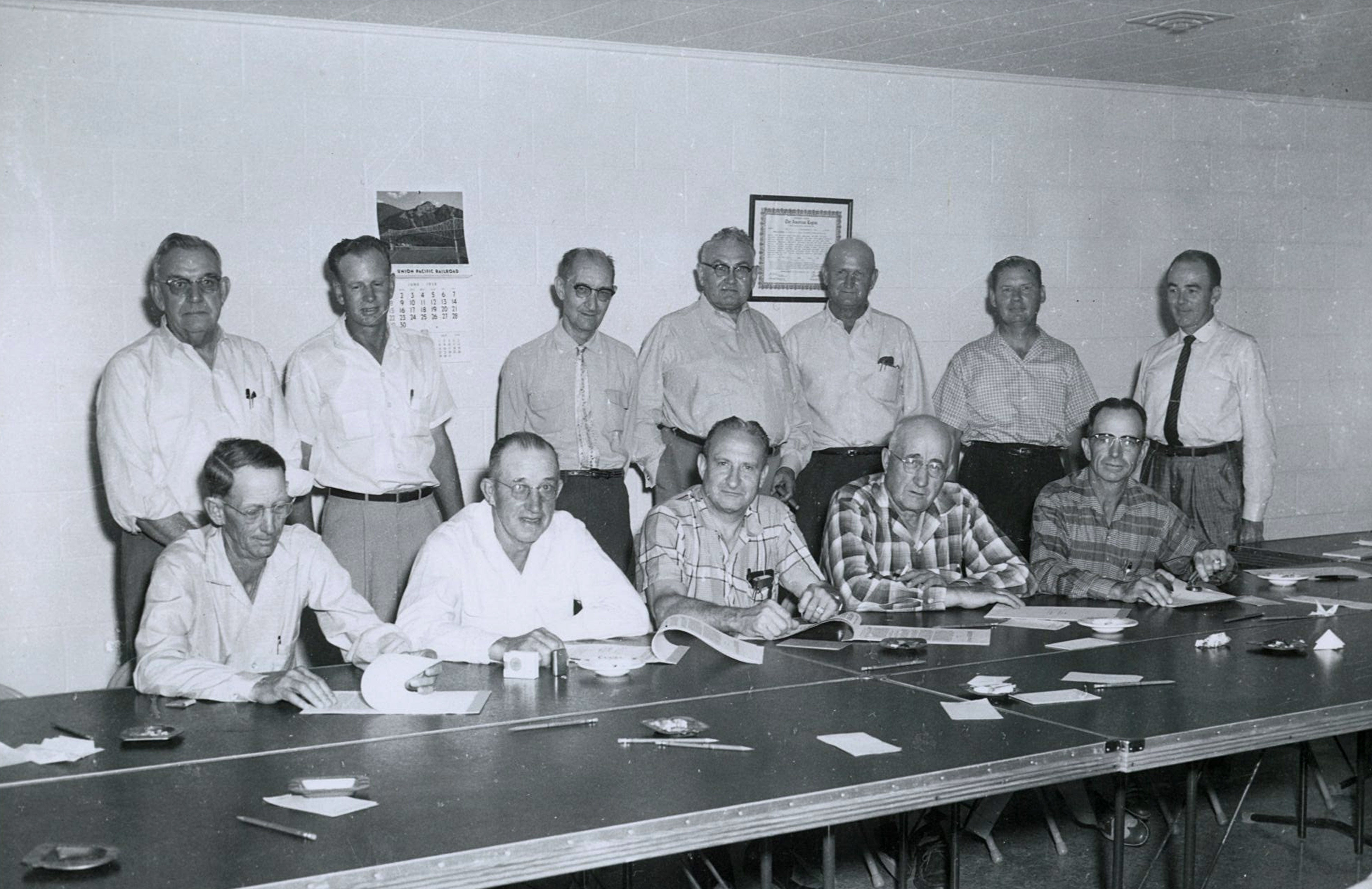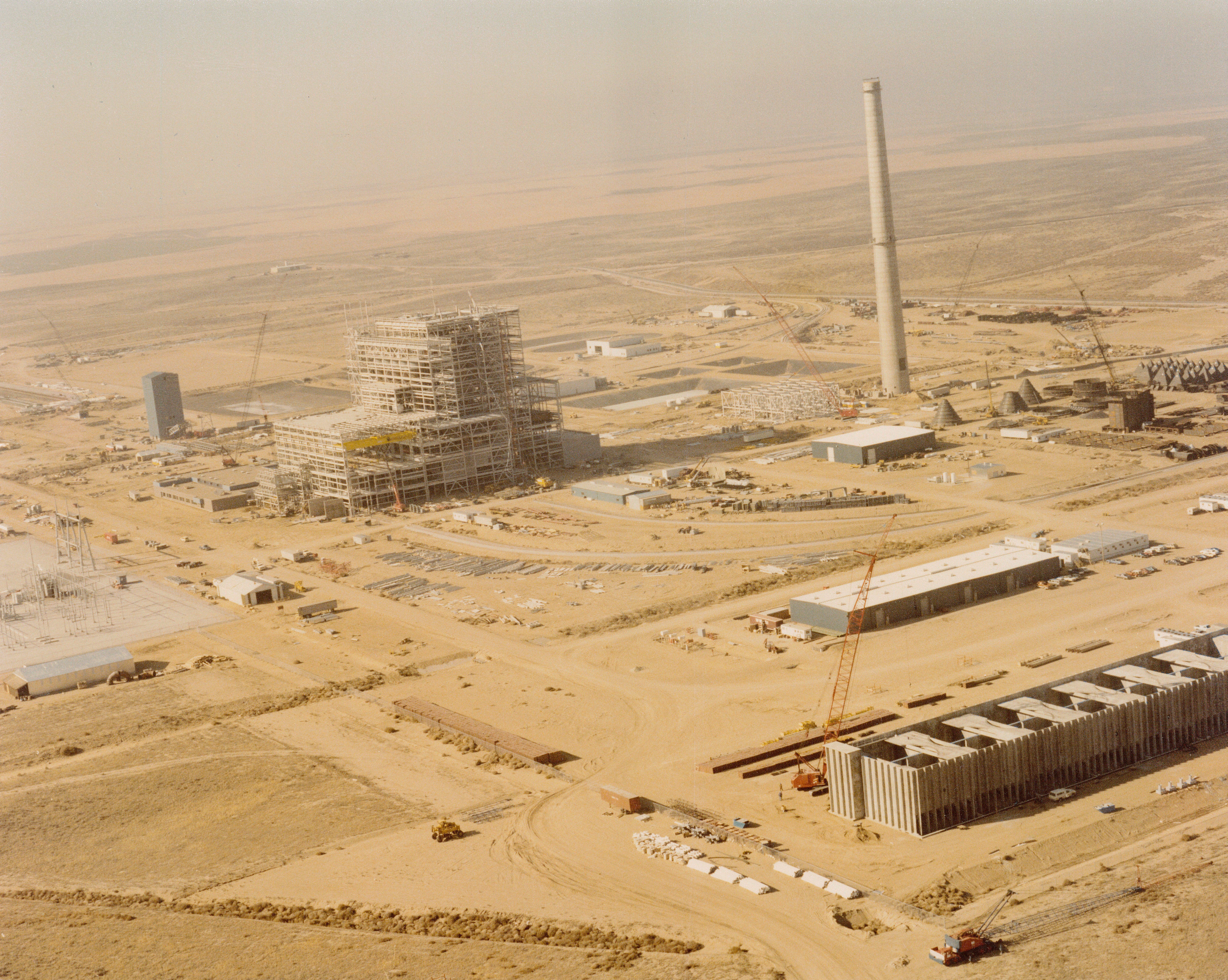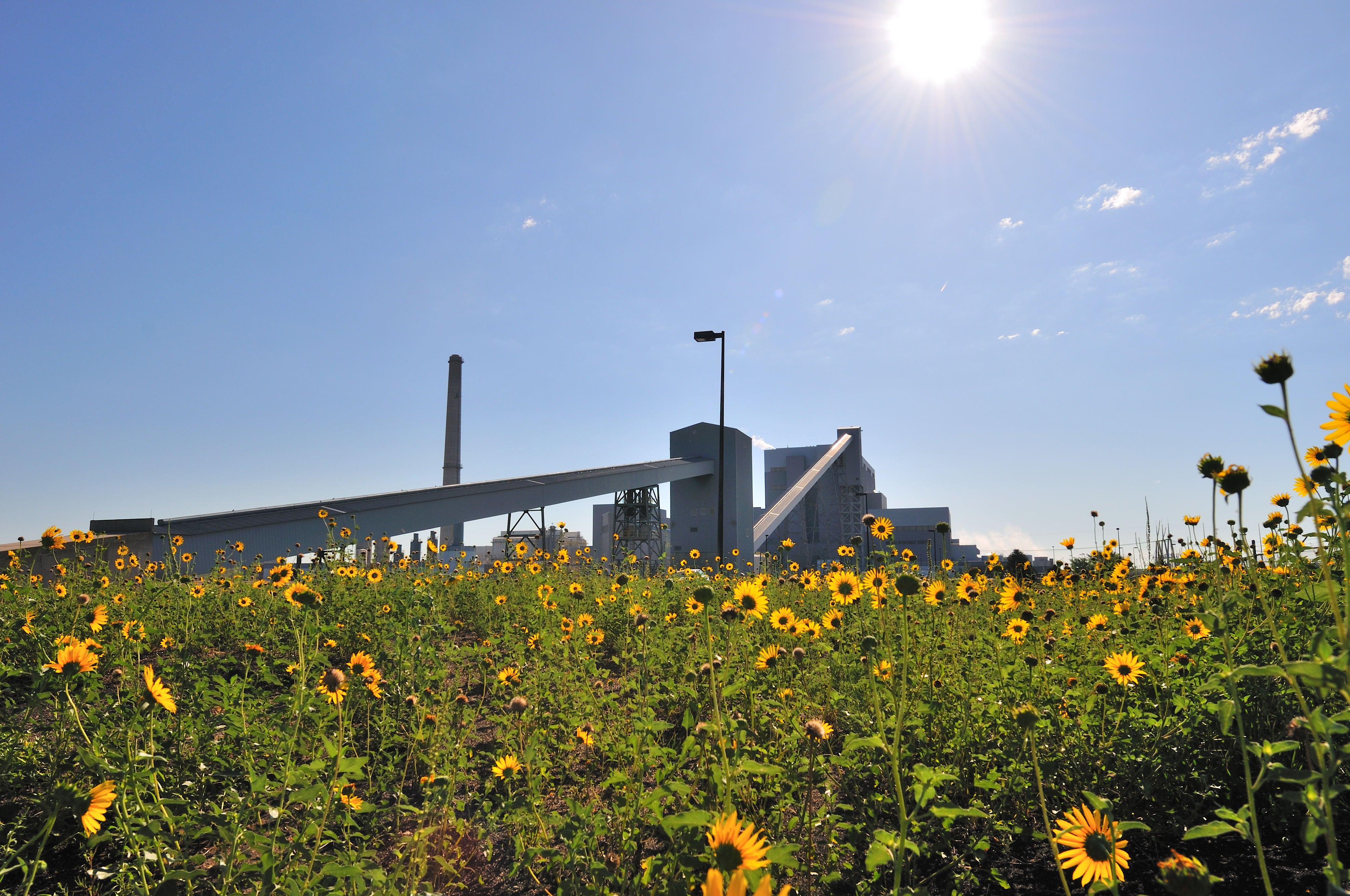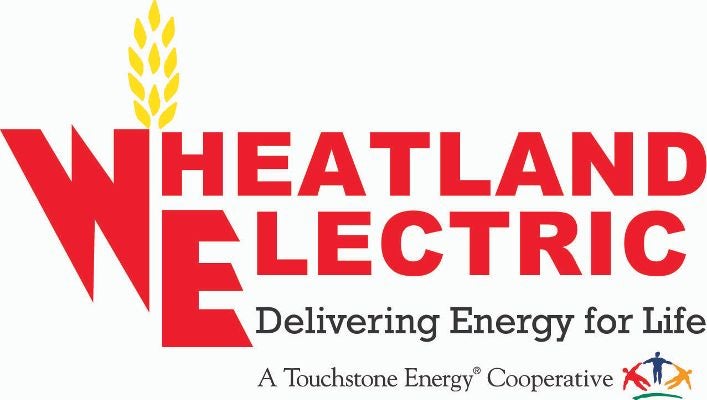Editor's note: This article was first published in our 2022 Annual Report, where you can find more information about the history of our electric cooperative and our 75th anniversary (1948-2023).
As the number of members and electric consumption grew in western Kansas, the problem of providing an adequate source of power became increasingly more acute for other cooperatives across the region. That is, load growth was quickly outpacing power supply.
To solve this growing crisis, WEC joined five sister co-ops — Great Plains Electric Co-op, Colby; Lane-Scott Electric Co-op, Dighton; Northwest Kansas Electric Co-op, Bird City; Norton-Decatur Co-op, Norton; and Western Co-op Electric Association, WaKeeney — to form Sunflower Electric Cooperative Inc. (now known as Sunflower Electric Power Corp.) to provide generation and transmission services. The new G&T cooperative received its charter on Aug. 12, 1957.
Up until the formation of Sunflower, WEC generated its own power, distributed that power, and even supplied power to Lane-Scott.
The first aim of the new Sunflower board — composed of the representatives of each of the six co-ops, including W. A. Dobson, WEC’s general manager — was to construct a steam generating plant located at Hill City at a cost of $5,775,000 through a REA loan.
To be economically feasible, these visionary co-op leaders knew the plant would have to be located near existing transmission facilities, operating personnel, general supervision and overheads, and the reserve capacity of a major supplier.
Their REA loan request was granted in 1958, and the plant was completed June 17, 1960.
The new 22 MW plant was formally dedicated to David A. Hamil, who served as an REA administrator for 14 years and was a legendary champion for rural co-ops, and George Docking, the governor of Kansas at the time.
To solve the burgeoning power supply crisis, these leaders could have chosen other business models to adopt, ones that focused on profits or bottom lines. But they didn’t. Instead, they formed an organization that could focus on our best interests.
The demand for electricity in western Kansas continued to grow at a faster pace than projected, and in 1965 Sunflower began investigating long-term solutions to its bulk power supply needs.
In 1968, with the addition of two new member distribution co-ops, Pioneer Electric Inc., Ulysses; and The Victory Electric Co-op Assoc., Dodge City; plans were finalized to construct an additional 94 MW gas-fired steam unit in Garden City and additional transmission lines to serve the western region.
Despite staunch opposition from other investor-owned utilities across the state, which opposed rural electric cooperatives working together to power their own and take business away from the for-profit arena, the project moved forward under WEC’s supervision and was placed in commercial operation in 1973.
Over the next decade, demand for power continued to multiply thanks to significant economic and agricultural growth, including center-pivot irrigation systems, strong oil and gas production, and other industrial development across the region.
In 1980, facing local pressures from growing demand and national and political pressures regarding electricity supply sources, the Sunflower board determined that a coal-fired plant was the lowest-cost alternative and a way forward.
With approval from both the REA and Kansas Corporation Commission, Sunflower leaders finalized plans to construct a 296 MW power plant in Finney County near Holcomb.
Holcomb Station, as it’s known today, was completed ahead of schedule, construction costs were below budget (at a cost of $441 million), and the unit was put into service on Aug. 6, 1983.
Today, WEC is Sunflower’s largest member system. Thanks to the pioneers in the past, our co-op members across our southwest and central Kansas service territory today enjoy “safe, reliable and competitively-priced” power!




